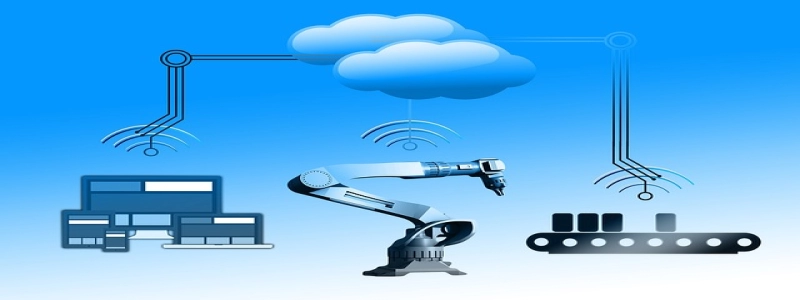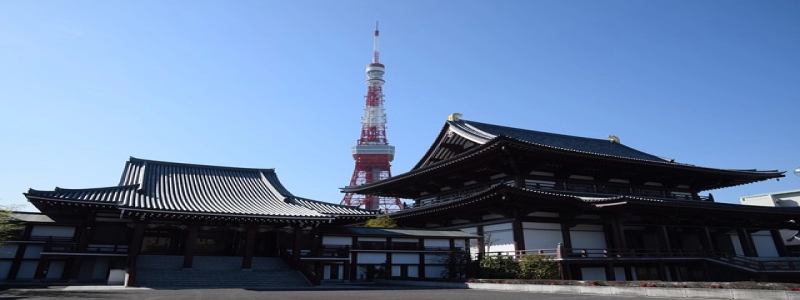Power over Ethernet Cable Requirements
Introduction:
Power over Ethernet (PoE) is a technology that enables the transmission of both data and power over a single Ethernet cable. This eliminates the need for separate power cables, making PoE a convenient solution for devices such as IP cameras, wireless access points, and VoIP phones. However, in order for PoE to work properly, certain requirements need to be met. This article will discuss the various requirements for a successful PoE implementation.
1. Ethernet Cable Category:
PoE requires a minimum of Category 5 (Cat5) Ethernet cable for its operation. However, it is recommended to use Category 5e (Cat5e) or higher cable to ensure better performance. Cat5e and higher cables have better insulation and higher data transmission capabilities, which are crucial for PoE applications.
2. Power Sourcing Equipment (PSE):
The Power Sourcing Equipment refers to the device that provides power over the Ethernet cable. It can be a PoE injector, a PoE switch, or a midspan. The PSE should be compliant with the appropriate PoE standards, such as IEEE 802.3af or IEEE 802.3at, depending on the power requirements of the connected devices.
3. Powered Device (PD):
The Powered Device is the device that receives power from the Ethernet cable. It can be a network switch, wireless access point, IP camera, or any other PoE-enabled device. The PD must be compatible with the PSE’s power output specifications. It is essential to check the power requirements of the PD to ensure compatibility with the chosen PSE.
4. Power Budget:
The power budget refers to the maximum amount of power that the PSE can provide to the PD. It is crucial to calculate the power budget accurately to avoid overloading the PSE or underpowering the PD. The power budget depends on factors such as the number of PoE devices connected, their power requirements, and the capabilities of the PSE. It is recommended to consult the specifications provided by the PSE manufacturer for an accurate power budget calculation.
5. Cable Length and Quality:
The length and quality of the Ethernet cable can affect the performance of PoE. The maximum cable length for PoE is typically 100 meters (328 feet). Using longer cables may lead to voltage drop and power loss. Additionally, poor-quality cables with insufficient insulation can cause signal degradation and power loss. It is important to use high-quality cables and ensure proper cable management to maintain optimal PoE performance.
Conclusion:
Power over Ethernet (PoE) offers a convenient solution for providing power to various devices over a single Ethernet cable. However, meeting the necessary requirements is essential for a successful PoE implementation. Using the appropriate Ethernet cable category, ensuring compatibility between the PSE and PD, accurately calculating the power budget, and using high-quality cables are crucial factors in achieving optimal PoE performance. By following these requirements, organizations can benefit from the convenience and efficiency of PoE technology in their network infrastructure.








